Solar storm alert! NASA says 3 sunspots could hurl out M-class solar flares
NASA has now revealed that 3 sunspots could hurl out M-class solar flares, resulting in a solar storm. Check out the details of this solar storm alert below.
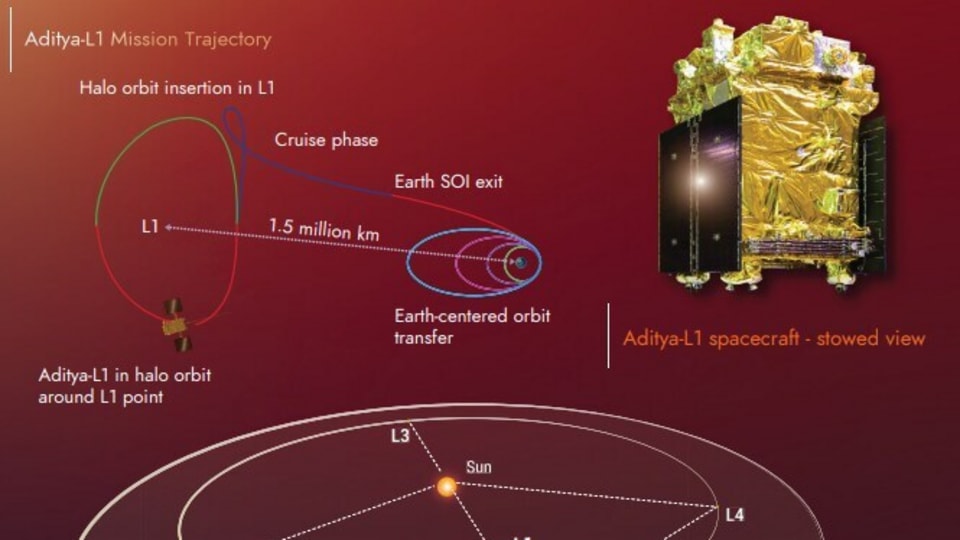

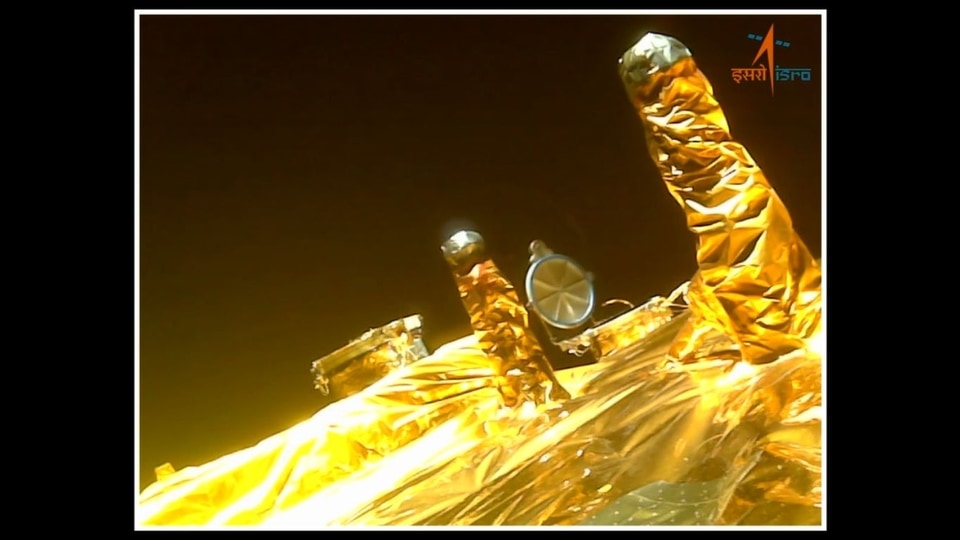
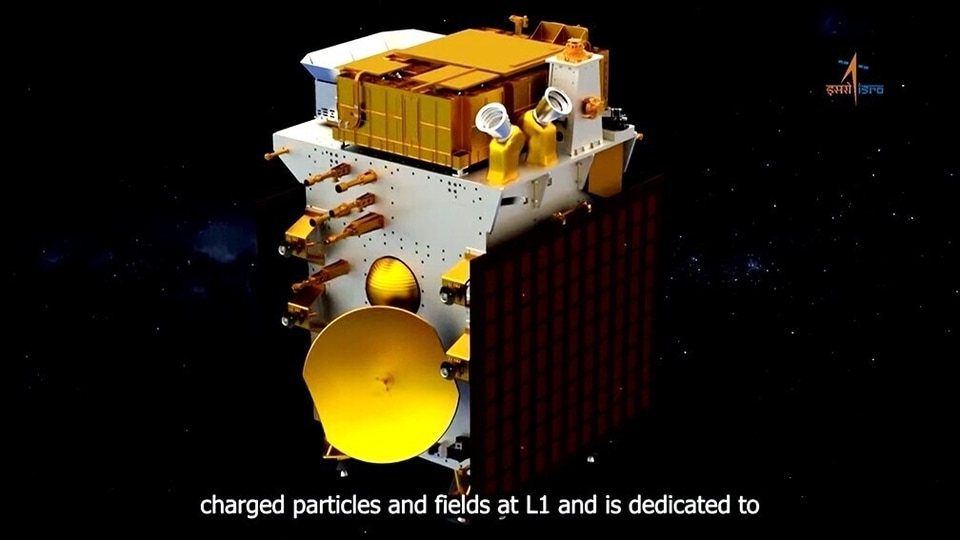
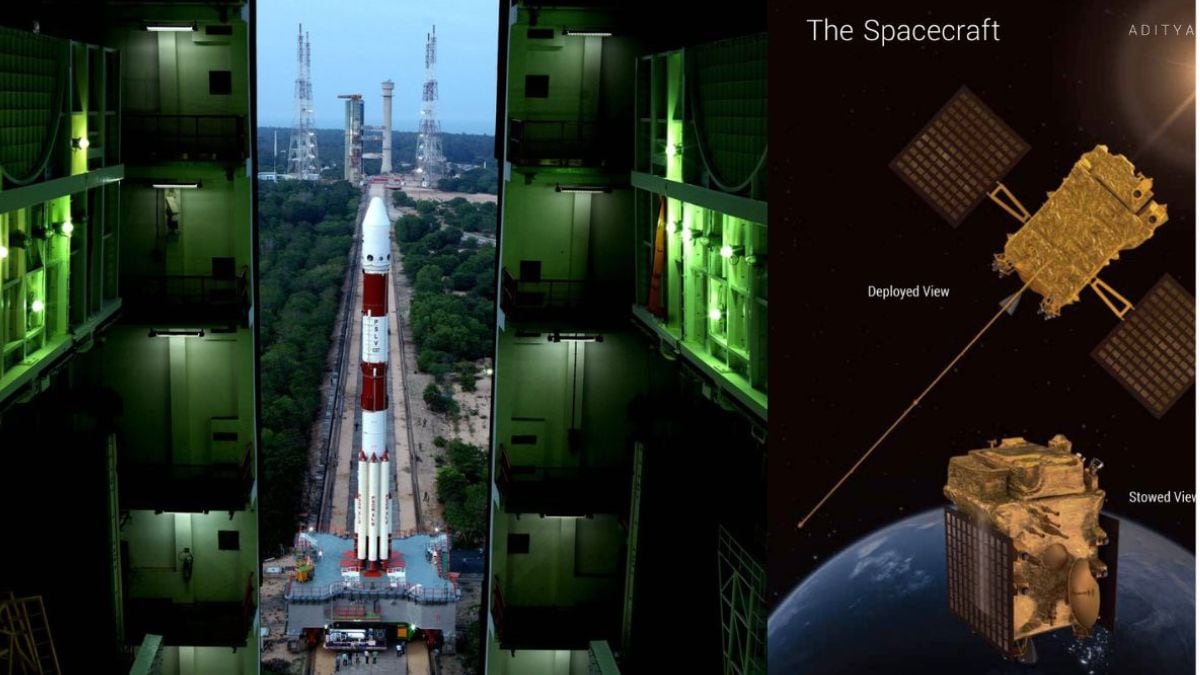
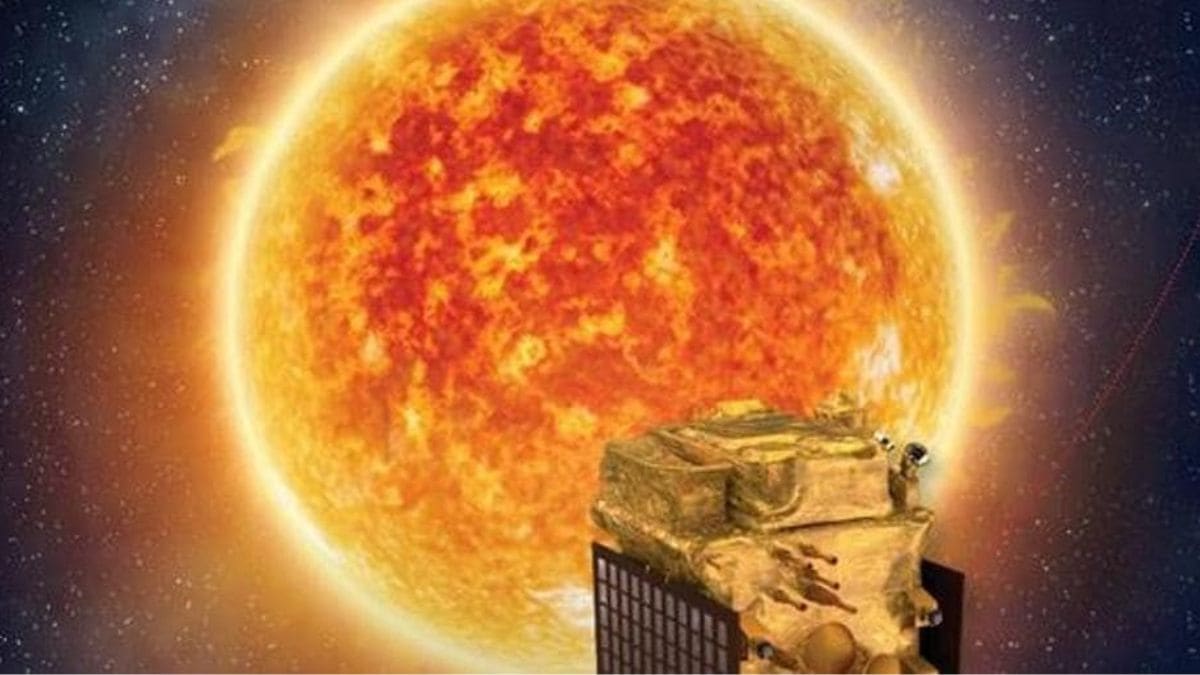
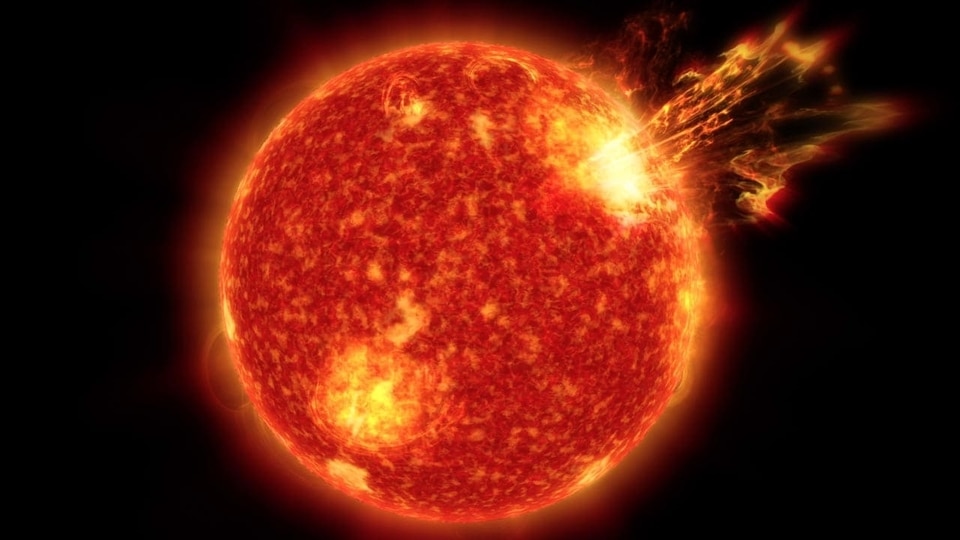
 View all Images
View all ImagesSolar storm alert: Sunspots, solar storms, solar flares, and geomagnetic storms…that was the story of space weather in 2023, and 2024 has kicked off in the same manner. On the last day of 2023, we saw the strongest solar flare emitted since 2017, and it sparked radio blackouts for nearly 4 days in the polar regions. Just a few days later, 4 sunspots with unstable beta-gamma' magnetic fields hurled out M-class solar flares. This is just an indication of the Sun's might and as we approach the solar maximum that will likely occur in 2024-25, its wrath is only expected to increase. NASA has now revealed that 3 sunspots could hurl out M-class solar flares, resulting in a solar storm. Check out the details of this solar storm alert below.
Solar storm alert
According to the National Oceanic Atmospheric Administration (NOAA), 3 sunspots have been observed on the Sun. All of them have ‘beta-gamma' magnetic fields, and this has raised the danger of M-class solar flares. The sunspots are AR 3536, AR 3540, and AR 3541. As per the report, these sunspots could spark a solar storm by hurling solar flares towards Earth. The findings have come courtesy of the NASA Solar Dynamics Observatory (SDO).
The report states, “Three of these sunspots (3536, 3540, 3541) have 'beta-gamma' magnetic fields that pose a threat for M-class solar flares.”
About rising solar phenomena
Earth has been bombarded with solar activity in the last few months. In July, it was revealed that 2023 had already broken a 21-year record for the highest number of sunspots which were even more than initially predicted by scientists. But what does the rising number of sunspots mean? The number of sunspots on the Sun is directly related to the intensity of the solar peak. So, the higher the number of sunspots, the higher the chances of solar storms. Solar storms are caused by coronal mass ejections (CME) particles released whenever a solar eruption occurs. These eruptions, also known as solar flares, occur at the center of sunspots, which are the regions of unstable magnetic fields on the surface of the Sun.
Also, read these top stories today:
A more innovative M2M/IoT (Internet of Things) landscape coming in India!
"The DoT is committed to ensure building a secure and innovative M2M/IoT (Internet of Things) landscape," an official release said. Some interesting details in this article. Check it out here.
TN Makes Big Moves
Tamil Nadu has signed investment pacts worth more than $4.39 billion with firms such as Apple suppliers Tata Electronics and Pegatron, as well as auto major Hyundai Motors, it said on Sunday. Check it all out here.
Reliance Data Centre in Chennai Soon
Billionaire Mukesh Ambani said his firm Reliance in partnership with Brookfield will open a data centre in next week, marking entry into the fast-growing market.
Know what it all entails. Dive in here.
One more thing! We are now on WhatsApp Channels! Follow us there so you never miss any updates from the world of technology. To follow the HT Tech channel on WhatsApp, click here to join now!
Catch all the Latest Tech News, Mobile News, Laptop News, Gaming news, Wearables News , How To News, also keep up with us on Whatsapp channel,Twitter, Facebook, Google News, and Instagram. For our latest videos, subscribe to our YouTube channel.































